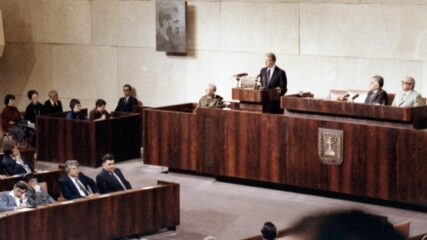July 11, 1927
A major earthquake strikes Jericho just after 3 p.m., killing between 300 and 500 people and injuring at least 700 others. Measured at a magnitude of 6.3, the quake lasts about five seconds. The epicenter is initially believed to be close to Jericho, and it is known as the Jericho earthquake of 1927. But later research concludes that the epicenter is about 30 miles farther south by the Dead Sea.
Besides Jericho, the earthquake damages Jerusalem and Nablus and is felt as far away as Ramle, Lod and Tiberias. More than 130 of the deaths are in Jerusalem, where the damage includes about 300 houses left uninhabitable, as well as the Church of the Holy Sepulchre and al-Aqsa Mosque. In Nablus, site of 150 deaths, 300 buildings are destroyed, including two major mosques. Several hotels are damaged in Jericho. In Transjordan, 80 people are killed in the city of Salt.
A major fault line, the Syrian-African Rift, runs along Israel’s border with Jordan on its path from northern Syria to Mozambique. The Land of Israel typically suffers a major earthquake every 80 to 100 years but, as of 2020, has avoided such a disaster since the Jericho quake.









